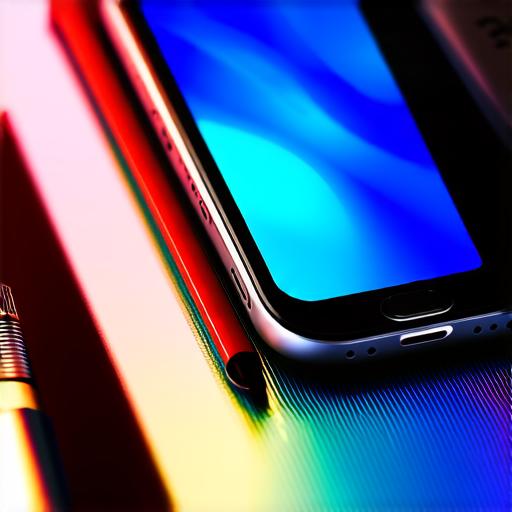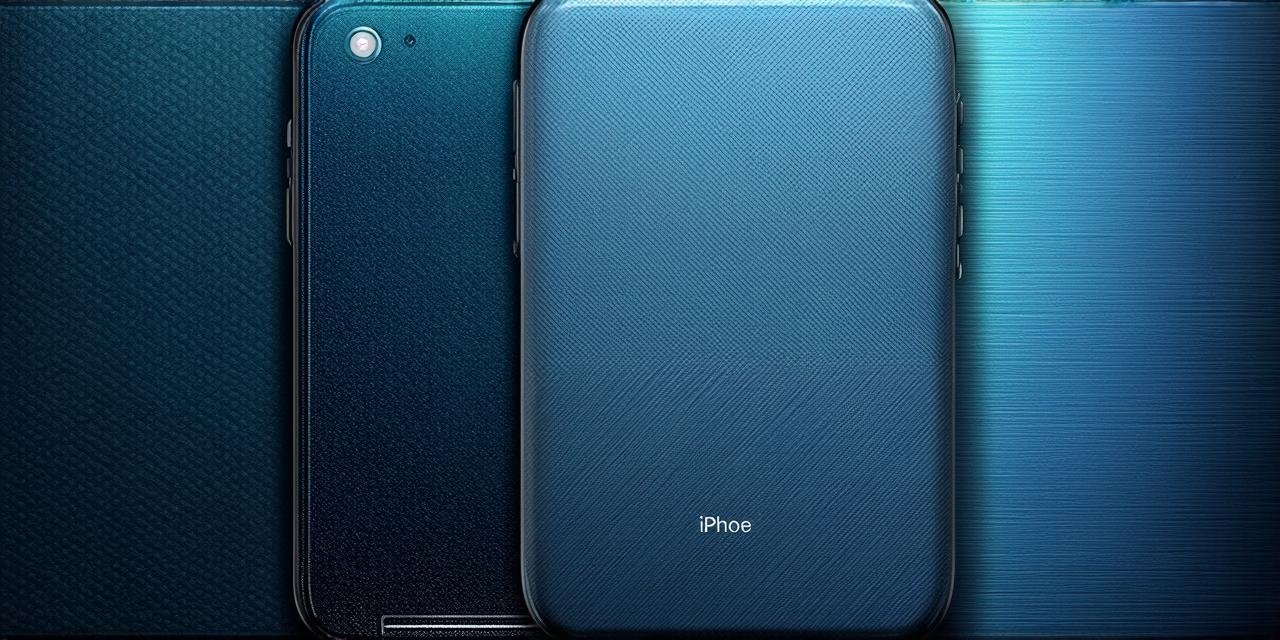Table of Contents
- Introduction
- Understanding Personalization
- Types of Personalization
- Personalizing User Interface
- Personalizing Content and Features
- Best Practices for App Personalization
- Case Studies and Examples
- Conclusion
- FAQs

Introduction
Personalization is one of the key features that differentiates successful apps from their competitors. By tailoring the user experience to meet the specific needs and preferences of individual users, developers can create more engaging and loyal customers.
Understanding Personalization
Before diving into the details of how to personalize apps in iOS 18, it’s important to understand what personalization is and why it’s so important for app development. Personalization involves customizing an app or service to meet the specific needs and preferences of individual users.
Types of Personalization
There are several different types of personalization that developers can use in their apps. These include:
-
Content-based personalization: This involves presenting users with content or features that are tailored to their interests or behavior. For example, a news app might present users with articles that are related to their favorite topics or a music app might recommend songs based on a user’s listening history.
-
Contextual personalization: This involves providing users with content or features that are relevant to their current location or situation. For example, a weather app might provide users with temperature and forecast information based on their current location, or a fitness app might suggest workouts based on the time of day or weather conditions.
-
User-based personalization: This involves customizing the user interface or features of an app to meet the specific needs and preferences of individual users. For example, a messaging app might allow users to change the color scheme or font size of the app, or a music app might allow users to create custom playlists or radio stations based on their favorite songs.
Personalizing User Interface
One of the most effective ways to personalize an app is by customizing the user interface (UI). This can involve everything from changing the color scheme and font size of an app to providing users with the ability to customize specific features or settings.
When personalizing the UI of an app, it’s important to keep in mind that users have different preferences and needs. Some users may prefer a more minimalist interface with large text and simple graphics, while others may prefer a more colorful and interactive interface with animations and special effects. By providing users with a range of customization options, developers can create a UI that is both engaging and accessible to all users.
Personalizing Content and Features
In addition to customizing the UI, developers can also personalize the content and features of their apps to meet the specific needs and preferences of individual users.
Best Practices for App Personalization
By the end of this article, you’ll have a comprehensive understanding of how to personalize your app and create a truly unique and memorable user experience.
Case Studies and Examples
Introduction
Conclusion
Personalization is the process of customizing an app or service to meet the specific needs and preferences of individual users. In today’s digital age, where consumers are bombarded with information and choices, personalization has become a crucial way for apps to stand out from the competition and build a loyal user base.
FAQs
By providing users with content or features that are tailored to their interests or behavior, developers can create more engaging and effective personalized experiences. Personalization has many benefits for both developers and users. For developers, personalization can help increase engagement and retention rates, leading to higher revenue and growth potential. For users, personalization can make the app experience more enjoyable and efficient, leading to increased satisfaction and loyalty.
